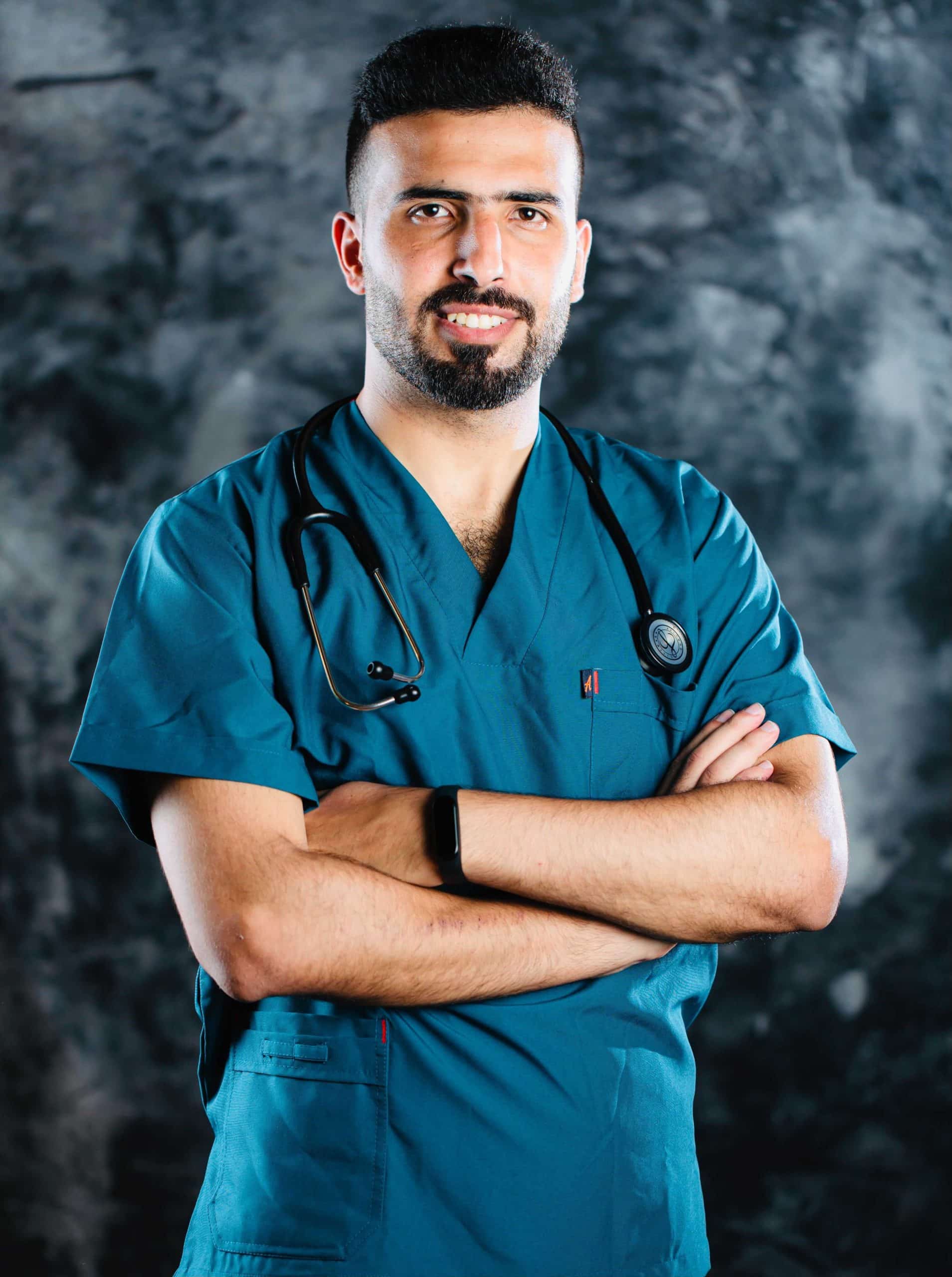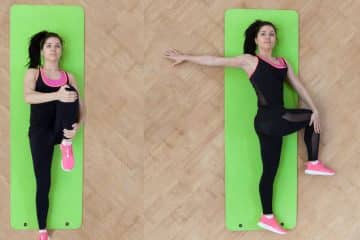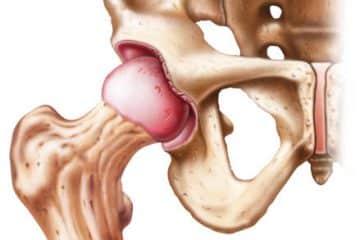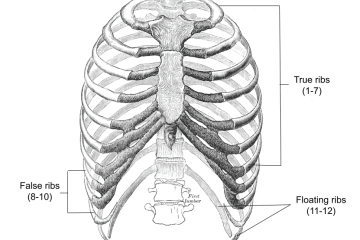ACL Reconstruction Surgery – Overview
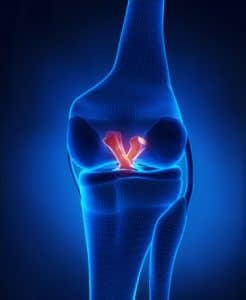
The Anterior Cruciate Ligament (ACL) is the component that stabilizes the knee. Anterior Cruciate Ligament (ACL) injury is a common occurrence, particularly among sportsmen.
ACL reconstruction surgery is a common procedure.
Anterior cruciate ligament reconstruction is a surgical procedure that involves replacing the anterior cruciate ligament in the knee using tissue grafts in order to restore joint functionality after an injury.
Before arthroscopic restoration, the damaged are often excised from the knee or preserved (where the graft is placed inside the maintained ruptured native ligament). Surgical ACL repair is also an alternative. Rather than undertaking a reconstruction, the ACL is repaired by reinserting it.
Grafts of ACL Reconstruction Surgery
Autograft. From patient’s own body
1. Hamstring graft
The hamstring tendon has recently become more popular for ACL reconstruction. The gracillis and semitendinosus tendon is taken and then folded to form four strands.
The tendons are fixed within a bony canal in this bone to tendon graft. The tendon graft must heal solidly within the bone tunnel as soon as feasible after surgery for this form of ACL reconstruction surgery to be successful.
Advantages:
• The use of four bundle grafts results in a greater graft diameter.
• Anterior knee discomfort is far less likely.
• Incision is smaller.
• Pain is reduced in the immediate post-operative period.
Disadvantages:
• Recovery time is longer. It can take 10-12 weeks for a bone to tendon graft to cure.
• Flexibility loss in bending knees is a possibility.
• From the donor aspect, it may be difficult to regain complete hamstring strength.
2. Patellar tendon graft
The tendon strip that extends from your patella to your shin bone is used to create this graft.
A fragment of bone from both the patella and the shin bone is used to remove the middle one-third of the patella tendon. This has a little bone block on either end that is put into canals on both the shin and thigh bone.
Advantages:
• Early bone to bone mending is important (approximately 4-6 weeks). This is expected to be more durable and resistant to more severe post-surgery rehabilitation.
• Anterior knee slippage has been minimized.
Disadvantages:
• Because the risk of anterior knee pain is increased, everyone who works in a career that requires kneeling should avoid it.
• Loss of knee extension is possible.
• Post-operative problems include late patellar fractures or patellar tendon rupture, as well as patellar tendonitis.
• A larger incision is made.
Allografts. Bone is taken from other’s body
Achilles tendon, hamstrings, or patellar tendon can be used from a donor.
Advantage:
• Reduced donor site comorbidity
Disadvantage:
• The requirement to sterilize the graft.
ACL Reconstruction Surgery – Procedure
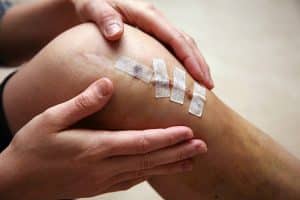
ACL Reconstruction Surgery
You’ll put on a hospital gown and have an intravenous catheter inserted into your arm to prepare for the operation. The ACL reconstruction surgery team will be able to give medicines, anesthetics, or tranquilizers through the IV catheter.
The sample material is either physically extracted from your body or prepared from a dead after it has been chosen. To graft the tendon into the knee, it is affixed with bone plugs or attachment points.
An arthroscope, a tiny tube equipped with a fiber-optic camera and surgical equipment, is inserted through a small incision at the front of the knee during surgery. During the surgery, your surgeon will be able to see within your knee.
The surgeon will disinfect the region around your damaged ACL before removing it. The bone patches will then be joined to your tibia and femur with pins, screws, staples, or washers drilled into small holes in your tibia and femur.
The surgeon will measure your knee’s range of motion and tension after the new ligament is attached to verify the graft is stable.
Finally, the hole will be patched, the wound will be cleaned, and your knee will be supported. The length of the surgery will vary based on the surgeon’s skill and whether or not other treatments (such as meniscal repair) are undertaken, among other things.
Fortunately, You can go home on the same day of ACL reconstruction surgery.
Complications of ACL Reconstruction Surgery
• Thrombosis and hemorrhage
• Knee discomfort persists
• Infection
• Rigidity or weakness in the knees
• Range of movement loss
• If your immune system rejects the transplant, you may experience delayed healing.
References
https://orthosports.com.au/knee/acl-reconstruction/
https://orthop.washington.edu/patient-care/articles/shoulder/bankart-repair-for-unstable-dislocating-shoulders.html
https://www.ncbi.nlm.nih.gov/pmc/articles/PMC5685957/
https://os.clinic/treatments/foot-ankle/arthroscopy-keyhole-surgery/
See Also

Dr.Sharif Samir Alijla, is a general medical doctor and a well-rounded professional that cares and treats patients from Palestine. I participated in many medical studies and conferences, I've launched a range of community initiatives and taken part in a variety of leadership and change training programs. I worked as an author for many medical websites such as TebFact . I specialized in writing medical articles from authoritative and updated sources in a simple and smooth the way for the reader.
